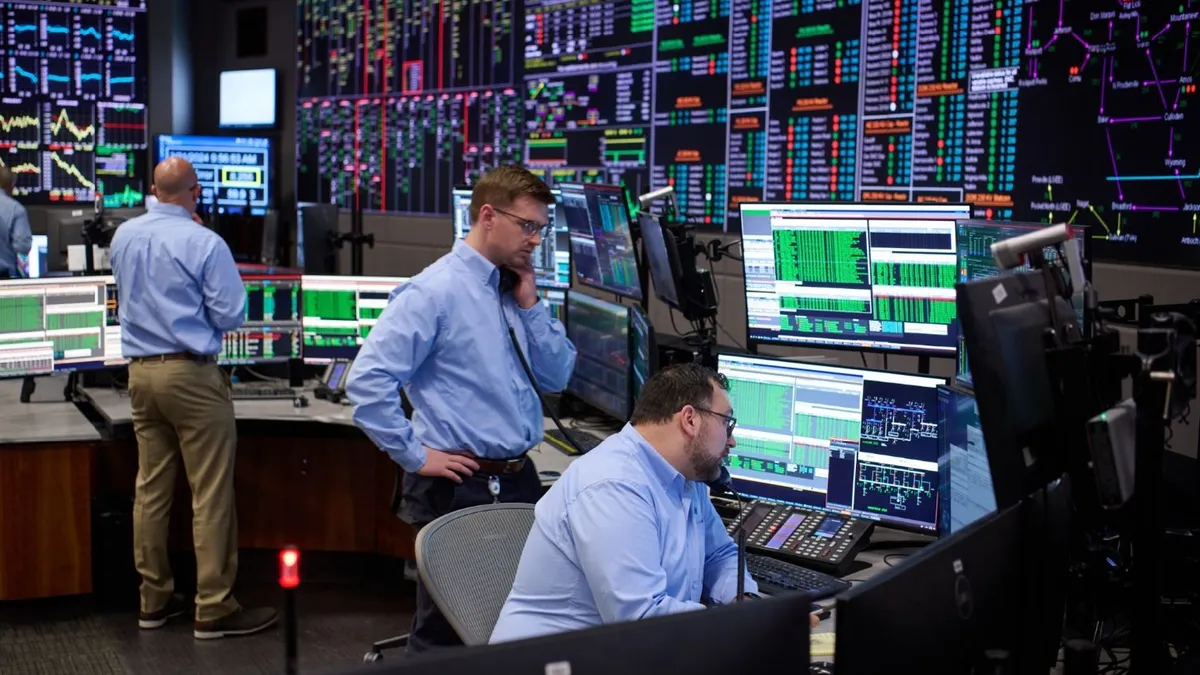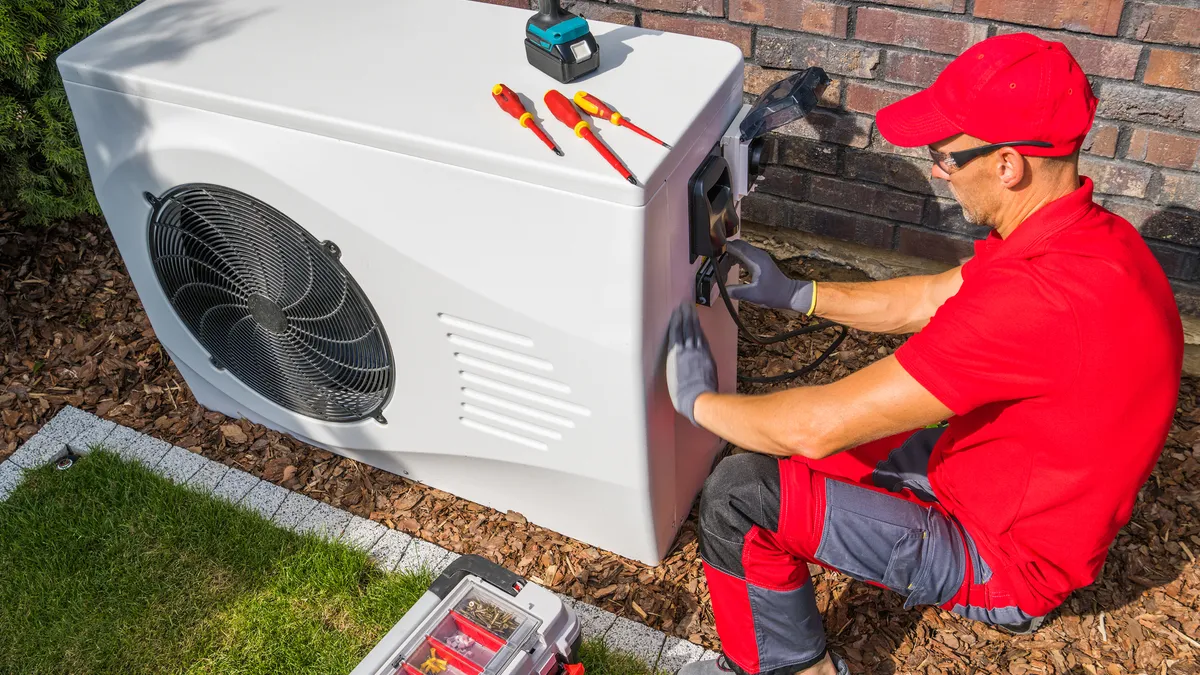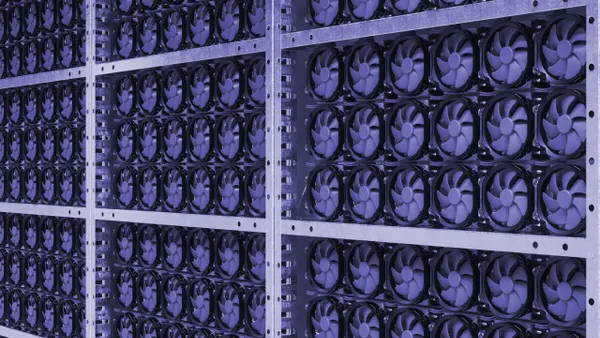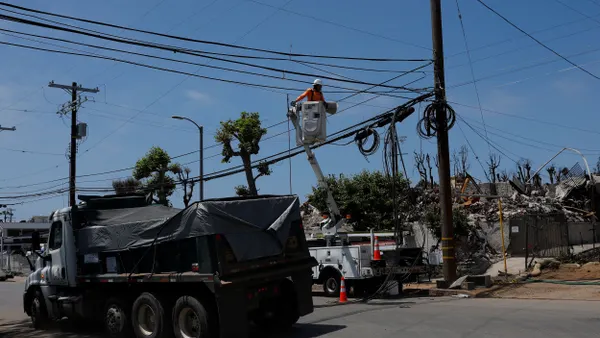Hawaiian Electric is advancing across a range of issues transforming the power sector, from renewables to electric vehicles (EVs) to new business models.
Among U.S. utilities today, "Hawaiian Electric stands out; they're beyond the bleeding edge," Patty Cook, Senior Vice President with ICF's commercial energy practice, told Utility Dive this fall.
They have it all happening at the same time — integrated grid planning, stakeholder outreach dominated by DER providers, transportation electrification, plus a 100% renewable energy goal — and they do a pretty good job of handling it, she said, adding that "their issues are all the issues that everyone will be dealing with."
Renewable energy push
The company expects renewables to make up 30% of its generation portfolio in 2020 and is aiming for 70% by 2040. The company plans to meet Hawaii's mandate to get 100% of its electricity from renewable sources before the state's 2045 deadline.
As part of that push, in August, Hawaiian Electric launched its largest renewable energy solicitation to date, seeking up to 932 MW of solar equivalent capacity among Oahu, Maui and Hawaii Islands, with the first projects expected to come online in 2022 and everything in place by 2025.
The company also wants to leverage customer-sited distributed energy resources to provide grid services like fast frequency response and capacity that can help manage the electric system. It issued a separate RFP in August, with targets ranging from 4 MW to 119 MW. The projects could begin coming online next year, with the total expected by 2022.
By the numbers
Grid mod, EVs, PBR on tap
In March, Hawaii regulators approved the first phase of HECO's grid modernization plan.
Critical elements of the plan are the initial deployment of advanced meters on a selective basis and launch of a meter data management system. The company is also looking to implement an advanced distribution management system in a second phase of the grid modernization plan, Scott Seu, Hawaiian Electric's senior vice president of public affairs, told Utility Dive in November.
"As we move to renewable procurement, in parallel, we want to get grid mod components in place to assist with large-scale renewables and particularly with distributed energy," he said.
Regarding additional areas of focus for Hawaiian Electric in 2020, Seu called electric transportation "a critical piece of the Hawaii energy puzzle."
Increasing the amount of EV charging during the middle of the day when there is a lot of solar energy will be important in managing the grid, he said. There are ongoing talks with policymakers about how EV charging infrastructure is coming along, he added.
In September, the company announced the launch of a smart EV charging program in partnership with Enel X and Elemental Excelerator.
"As EV adoption increases across Hawaii, this program will help measure smart grid EV charging benefits in a market with a high presence of renewables," Hawaiian Electric said in a statement at the time.
"Following the deployment of charging infrastructure, Enel X and Hawaiian Electric will implement load building and load shifting grid services to help accelerate the deployment of renewable energy," the statement continued.
Like a number of other states, Hawaii is also pursuing innovations in utility business models, particularly performance-based regulation.
In 2019, the Hawaii Public Utilities Commission (PUC) completed phase one of its PBR proceeding, establishing guiding principles and setting the groundwork for phase 2. Hawaiian Electric is now involved in that second phase and in August submitted a draft proposal for PBR, along with other stakeholders.
PBR is "a necessary step to modernize how the utility makes its money and prioritizes what it does," Seu said, adding that the PUC expects to issue an order by the end of 2020.
Routine audit
Regarding the PUC's management audit of Hawaiian Electric Companies, launched as part of a rate case filed in August, Seu said the company has no concerns with the process. The audit will examine how the company operates, its governance structure, and its ability to manage projects. The spirit of the audit is to help the PUC understand the basis for Hawaiian Electric's rate case request, he said.
"It's a routine part of the rate review process. For HECO, it's the first time, but it's fairly standard in other jurisdictions," he said.
"If I were the PUC, I'd want to get a sense that the company knows what it's doing ... If we need to improve things, we need to identify that and own it."
In addition, in November, the PUC issued an interim order denying a $2.8 million revenue increase for Hawaiian Electric subsidiary Hawaii Electric Light Co., questioning the utility's cost control efforts as it modernizes its grid.
The company said it works to address cost issues every day, but needs to balance that against the need to procure more renewable resources and other priorities, like cybersecurity.














